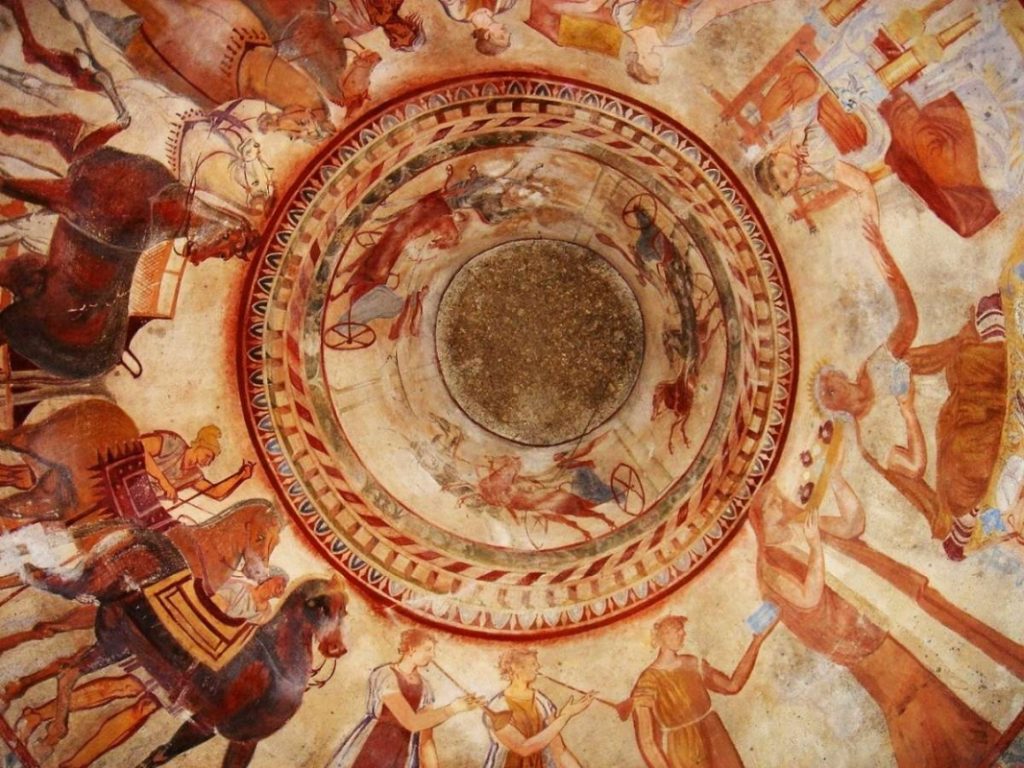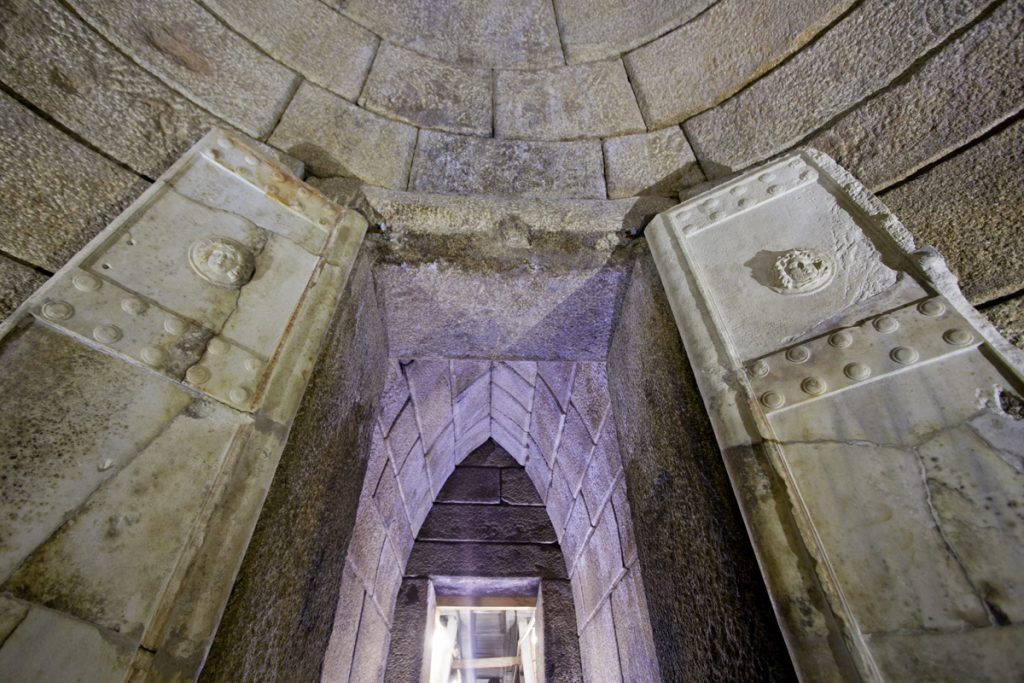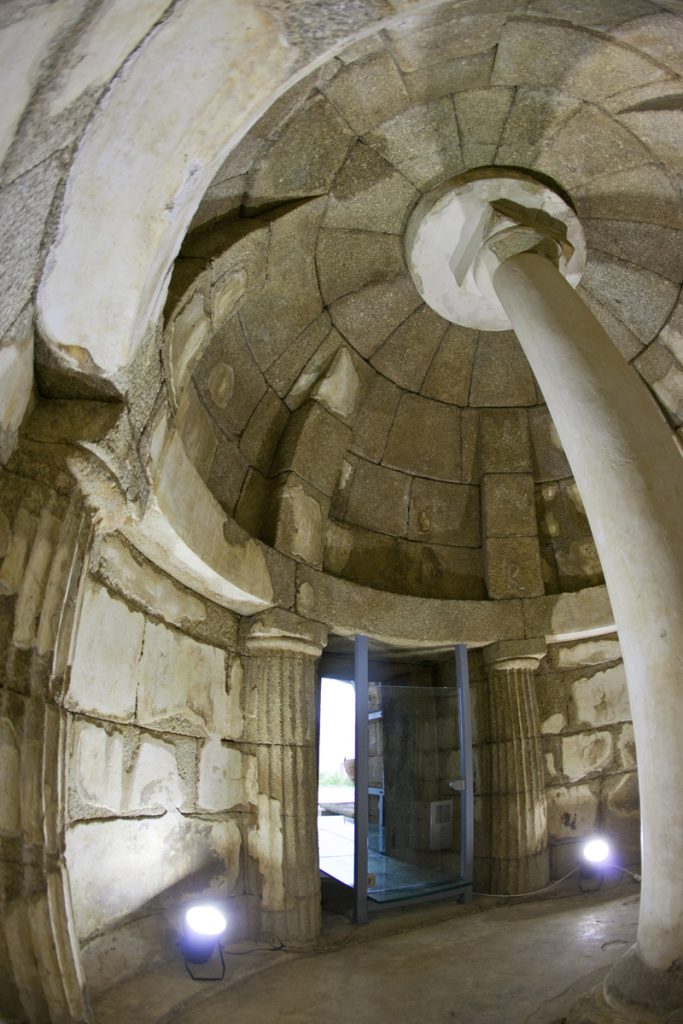The Valley of the Thracian Kings, located near Kazanlak, is a captivating site featuring a collection of impressive tombs that provide insights into the ancient Thracian civilization. This area is home to several monumental burial mounds, each revealing archaeological treasures and shedding light on the life and beliefs of the Thracians, who thrived from the 5th century BC to the 3rd century AD.
Among the notable tombs is the Kazanlak Tomb, celebrated for its exquisite frescoes. Dating back to the 4th century BC, this tomb is renowned for its detailed artwork, which depicts vibrant scenes of Thracian life and mythology. The tomb was discovered in 1944 and has since become a focal point for understanding Thracian culture, particularly in terms of their funerary practices and social structures.
Another significant site in the valley is the Tomb of Seuthes III, known for its remarkable architectural features. Discovered in 2004, it provides invaluable insights into Thracian customs. Visitors can also explore other intriguing sites, such as the Tomb of Helvetia and the Griffin Tomb, each marked by unique artistic expressions and burial customs. The valley’s stunning landscapes create a mystical atmosphere that invites exploration and reflection on the rich cultural legacy of the Thracian people.



